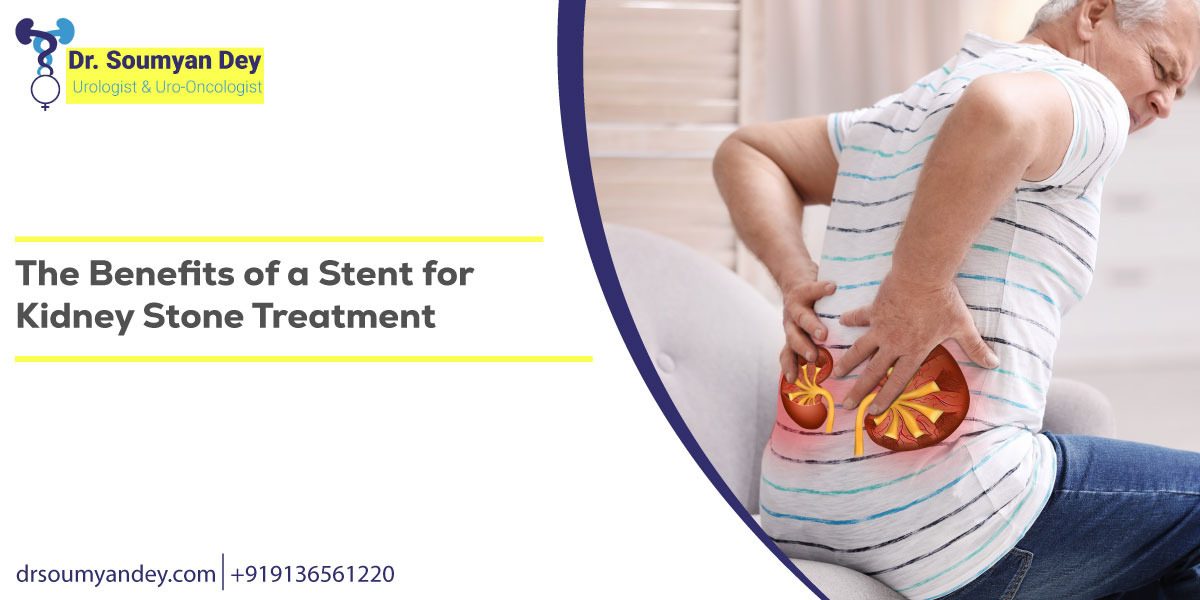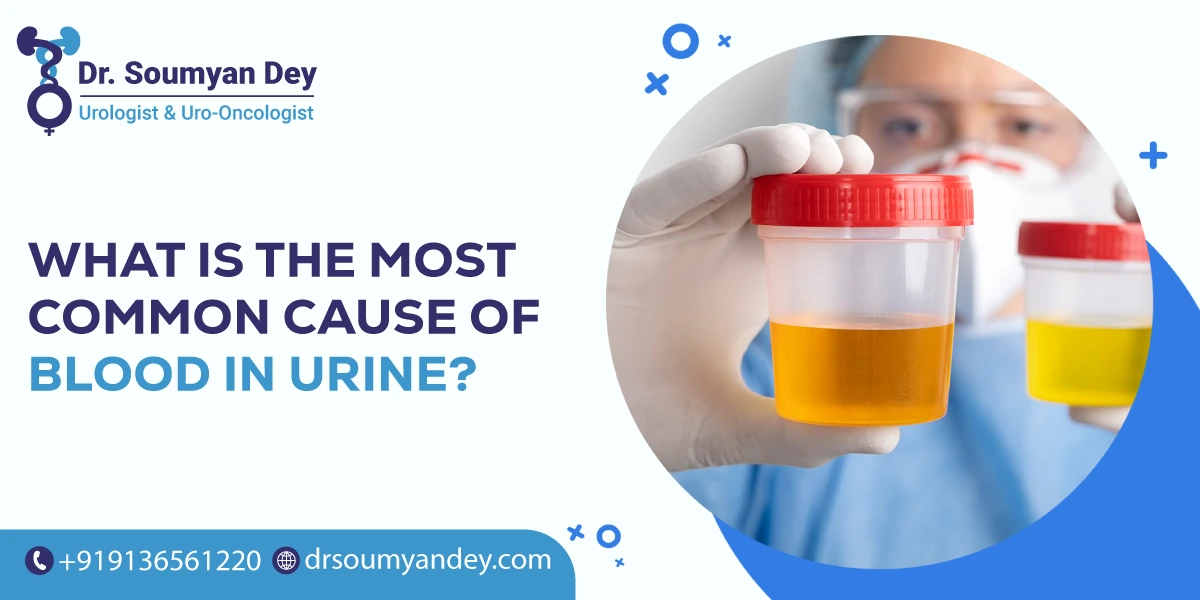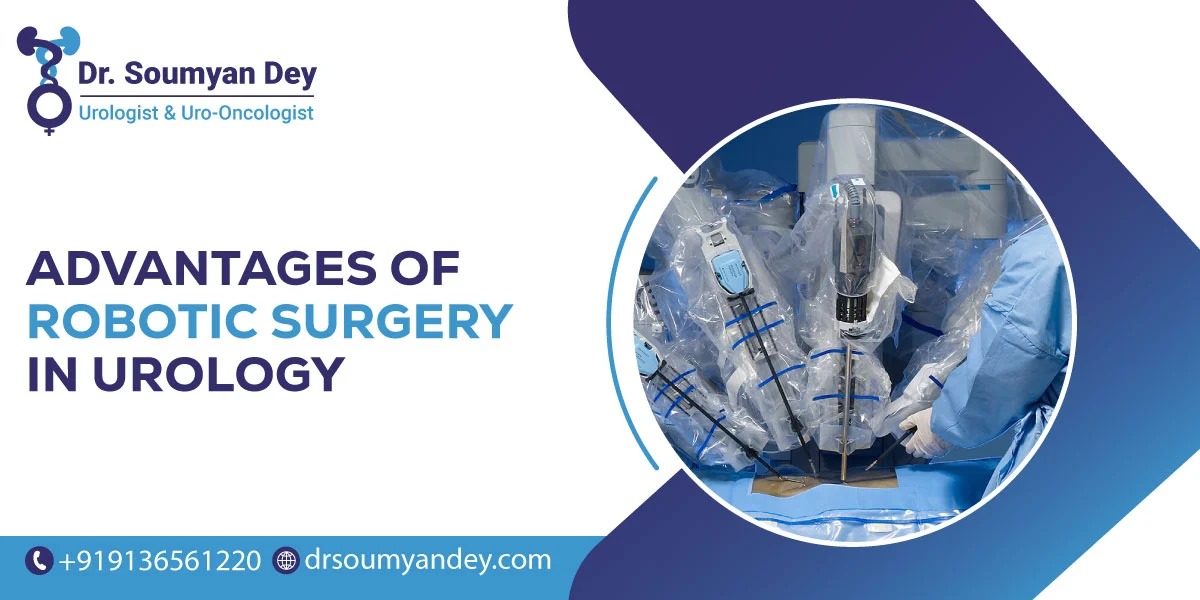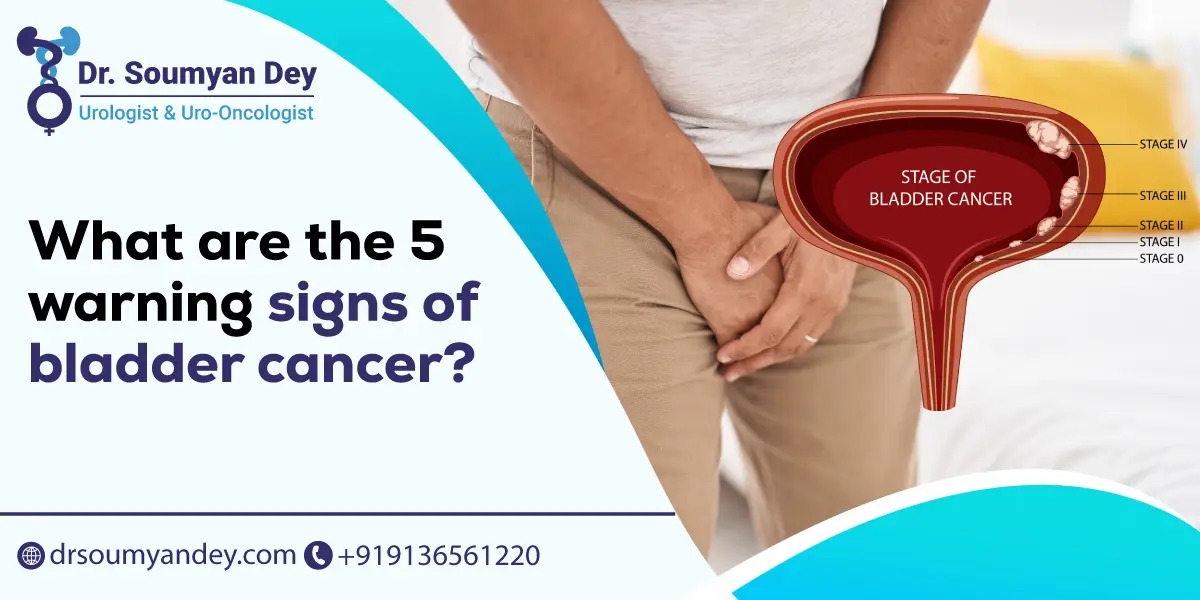The Benefits of a Stent for Kidney Stone Treatment
Kidney stones can be an excruciating experience, causing intense pain and discomfort. In kidney stone treatment, one significant tool that urologists often deploy is a stent. This article will explore a stent, its advantages in kidney stone treatment, the stent insertion procedure, potential risks, recovery processes, and the importance of aftercare.
1. What is a Stent and Why is it Used for Kidney Stone Treatment?
A stent is a slender, flexible tube typically made of medical-grade plastic or metal mesh. In the context of kidney stone treatment, a ureteral stent is employed. This stent is inserted into the ureter, the tube that connects the kidney to the bladder. Dr. Soumyan Dey, a distinguished Ureteral Stent Placement Surgeon in Navi Mumbai, often recommends this procedure for kidney stone treatment.
2. What are the Advantages of Using a Stent for Kidney Stone Treatment?
- Pain Relief: A stent helps alleviate the pain caused by kidney stones by ensuring a smoother passage of urine.
- Facilitates Healing: By promoting unobstructed urine flow, a stent aids in the natural healing process of the urinary tract.
- Prevents Complications: Stents prevent complications such as infection or damage to the kidneys that may arise due to the blockage caused by kidney stones.
3. How is the Stent Insertion Procedure Done?
A skilled urologist typically performs the procedure for inserting a ureteral stent. During the procedure:
- A cystoscope, a thin tube with a camera, is inserted into the urethra and guided to the bladder.
- The stent, placed on a soft, flexible wire, is advanced through the cystoscope and into the ureter, positioning it strategically to allow optimal urine flow. Once in place, the stent’s ends curl in the kidney and bladder, anchoring it securely.
Also Read: What Size Of Kidney Stone Requires Surgery?
4. Potential Risks and Complications Associated with a Stent
While stents are generally safe, some potential risks and complications may include:
- Discomfort: Patients may experience discomfort, bladder spasms, or a constant urge to urinate.
- Infection: A slight risk of infection is associated with inserting a stent.
- Migration or Blockage: Stents may move or become blocked, requiring medical attention.
5. Recovery Process and Guidelines for Aftercare
Following stent insertion:
i) Activity Restrictions: Patients may be advised to limit physical activities briefly.
ii) Hydration: Staying well-hydrated is crucial to prevent complications and promote healing.
iii) Medication: Prescribed medications may be given to manage pain or prevent infection.
iv) Follow-up: Regular follow-up appointments with the urologist are essential to monitor progress.
6. Conclusion
Using a stent under the expertise of professionals like Dr. Soumyan Dey offers significant advantages in kidney stone treatment. The benefits are substantial, from pain relief to facilitating healing and preventing complications. While the procedure involves risks, proper aftercare and monitoring contribute to a successful recovery. For those navigating the challenges of kidney stones, including a stent can be crucial in the journey toward renewed urinary health. If you seek reliable Ureteral Stent Placement and Kidney Stone Treatment in Navi Mumbai, consulting with experts like Dr. Soumyan Dey is a prudent step toward comprehensive care and effective resolution.







